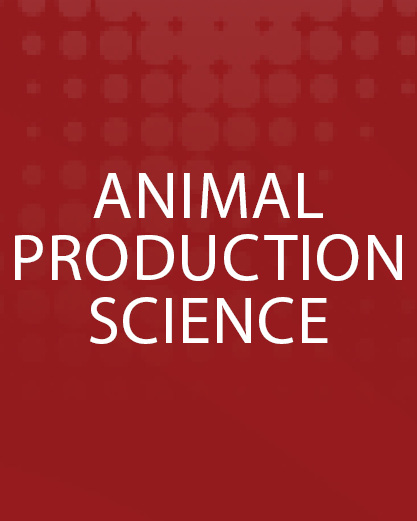Document type : Scientific article published in Animal Production Science
Authors: W. L. Bryden, X. Li, I. Ruhnke, D. Zhang, S. Shini
Preview: The relationship between nutrition and welfare is usually considered to be a direct result of supplying the hen with adequate quantities of feed and water. This simple notion of freedom from hunger and thirst belies the fact that nutrients play a pivotal role in the body's response to challenges whether they relate to ambient temperature, gastrointestinal health, pathogen exposure, metabolic disorders, or social and mental stress. In all instances, maintaining homeostasis and allowing for physiologic response is dependent on an adequate and balanced nutrient supply. It is accepted that most laying hens are fed a complete diet, formulated commercially to provide the required nutrients for optimal health, egg production and welfare. In other words, the laying hen, irrespective of her housing, does not experience hunger or thirst. However, despite adequate nutrient and water supply, certain senarios can significantly affect and alter the nutrient requirements of the hen. Furthermore, the chemical composition and also the physical form of feed can significantly contribute to prevent or treat welfare and health conditions and is, therefore, a highly relevant tool to ensure and maintain an adequate welfare status. Therefore, this review takes a broader perspective of nutritional welfare and considers the nutrition of hens managed in different production systems in relation to nutritional physiology, gut microbiota, stress, metabolic disorders and feeding management.




